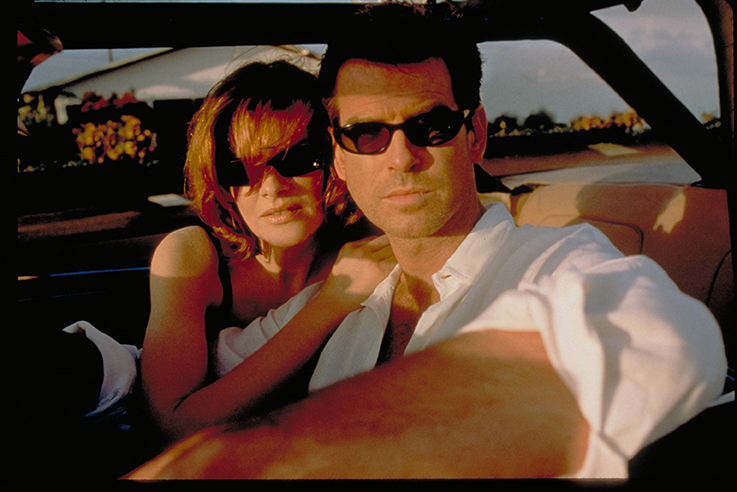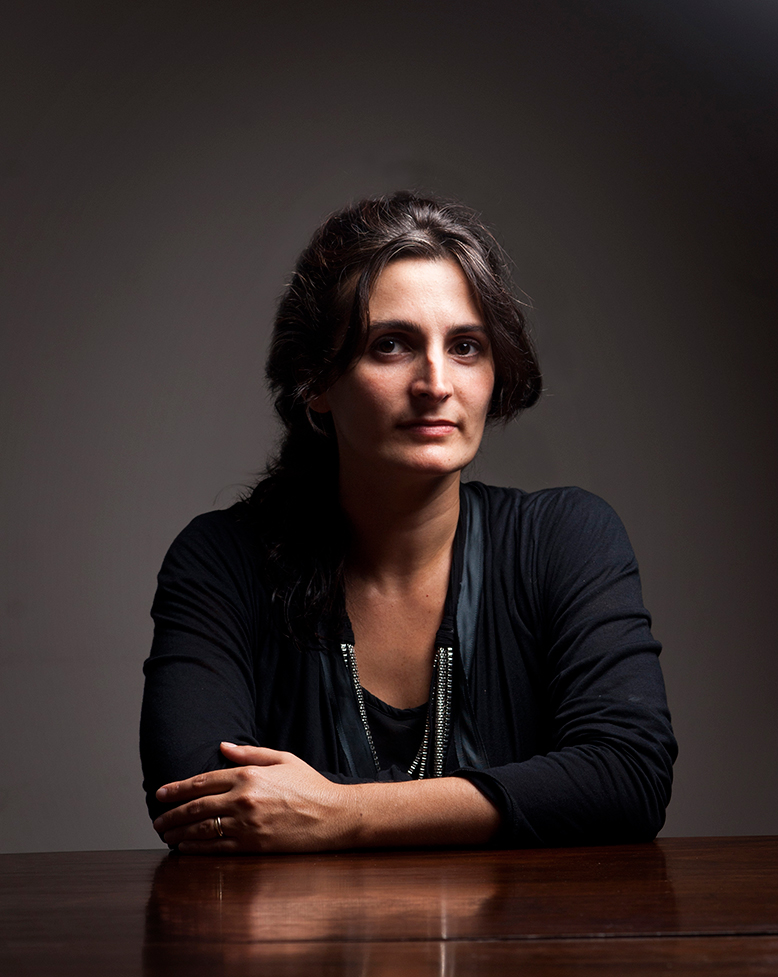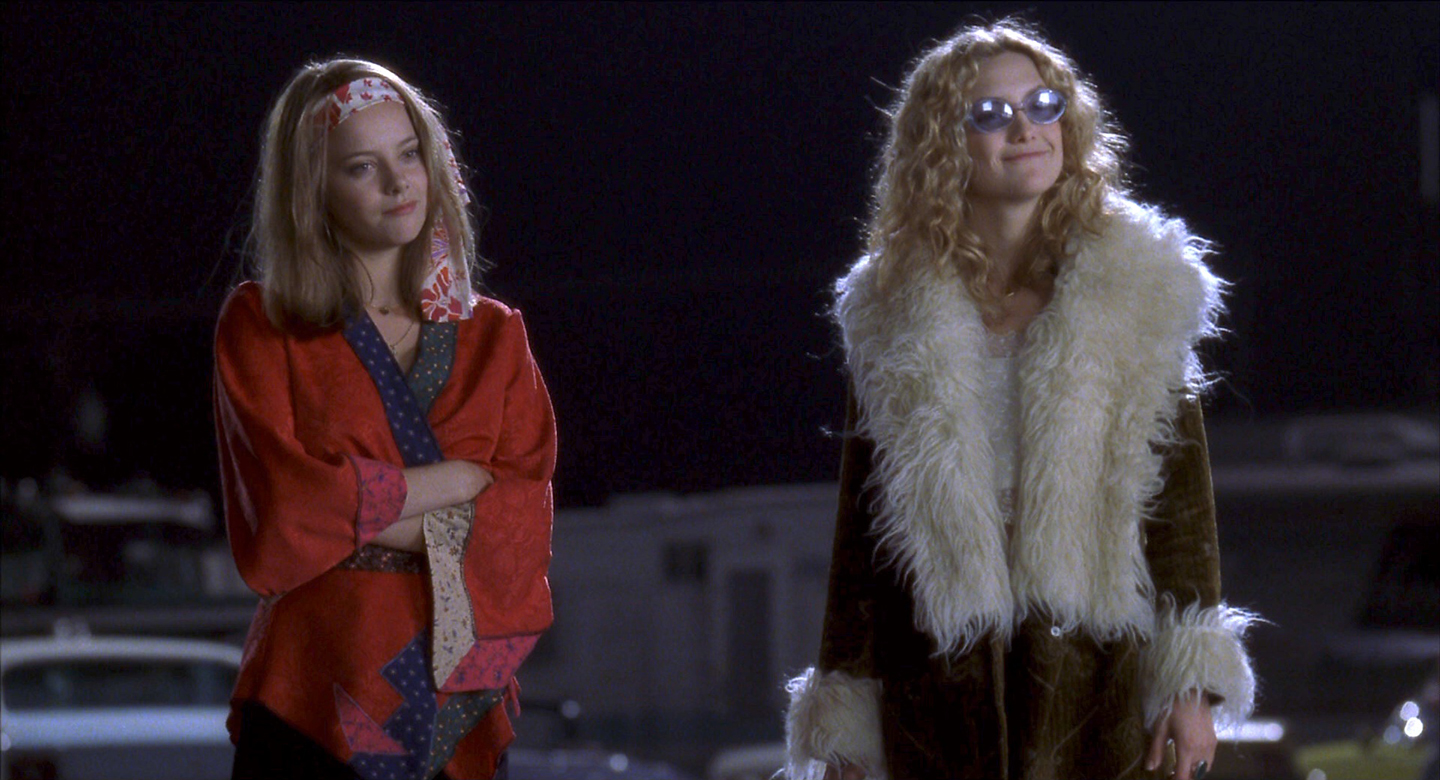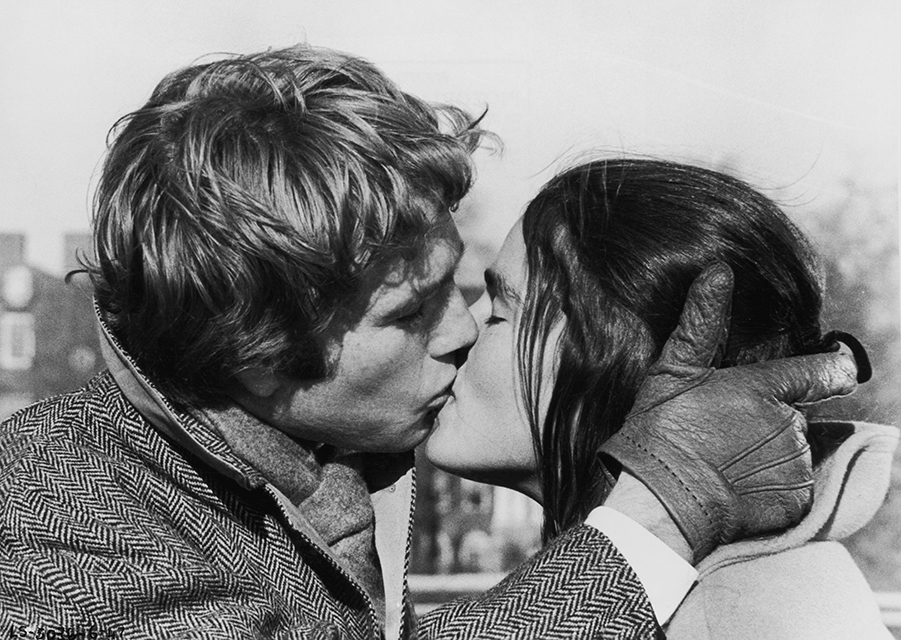Q&A: Joana Granero, founder of Fashion & Cinema
 Joana Granero is the founder and director of Fashion & Cinema, a series of events, on-stage conversations, seminars and screenings which explore the rich and fruitful relationships between fashion and cinema.
Joana Granero is the founder and director of Fashion & Cinema, a series of events, on-stage conversations, seminars and screenings which explore the rich and fruitful relationships between fashion and cinema.
Fashion & Cinema’s next event is Icons of Style, a curated film series exploring the role of fashion in American film over three decades. The opening night features a bevy of A-listers as the host Elizabeth Salesman from Vanity Fair chairs an on-stage conversation between designer Michael Kors, Kate Hudson, Ali MacGraw and Rene Russo.
Each of the three nights of the events will see a film showing - Love Story on the 14th, Almost Famous on the 15th and The Thomas Crowne Affair on the 16th - preceded by receptions and panels of experts.
On the eve of the event, I speak to Joana about fashion in and for cinema and the key difference between European and American style.
Icons of Style, May 14th to 16th, Ham Yard Hotel, 1 Ham Yard, London W1D 7DT. http://fashionandcinema.com/michaelkors/index.html

Bel: Describe the relationship between fashion and cinema. Joana: It's always existed. From as early as the nineteenth century, Hollywood has used film as a way to bring Paris fashion to America. Fashion designers have not only designed for films, they have also been inspired by them and costume designers have used high-end fashion to dress the most memorable characters.
Bel: When did you first realise that the relationship could be the subject of a more sustained project? Joana: A few years ago, I really began to recognise the endless collaborative possibilities between fashion and film. With my own experience organising film events, I began to research the relationships that can be explored through film with a focus on specific subjects, films and designers.
Bel: Name three iconic looks in film. Joana: Breakfast at Tiffany’s as the imagery - the simplicity and elegance of Givenchy’s designs for Audrey Hepburn, along with the empty streets of New York - really sticks in people’s minds. In Love Story, Ali MacGraw’s classic 70s style is as inspiring now as when the film came out. Finally, The Matrix - due to those amazing coats designed by Ennio Capasa of Costume National.
Bel: Icons of Style focuses on the American contribution to fashion through film over three decades. How does it differ from the European contribution? Joana: American and European style both have an air of sophistication. However, American fashion has an element of comfort that Europe perhaps has less of. Since the beginning, the American film industry has always had the strongest influence on both the American and European audiences in terms of the films themselves and the style within them. Think of Cybill Shepherd wearing suits with sneakers. Many women on both sides of the pond were so inspired by this look, they dared to do it themselves!
Bel: You’ve said that costume is crucial to building character in film ... Joana: Great actors such as Bette Davies and Meryl Streep have acknowledged that they don’t fully “become” the character until they wear the clothes. This is due to the importance of physical weight; textures and materials serve as an embodiment of the character. A cowboy will walk in a specific way because of the trousers, boots and spurs he is wearing. In House of Cards, Robin Wright could not portray such a strong sense of power and self-assurance were she wearing flower dresses in floaty fabrics. It is the simple cuts, often in grey, navy or black that give the character its influence and power.
Bel: What do you hope people will feel and think after visiting Icons of Style? Joana: I hope they will be able to appreciate how films and the work of costume designers can influence fashion - and in turn, understand how designers find inspiration in films. Along with this, I hope they begin to appreciate (if they didn’t already!) how specific clothes can send specific messages about the character or person wearing them.

